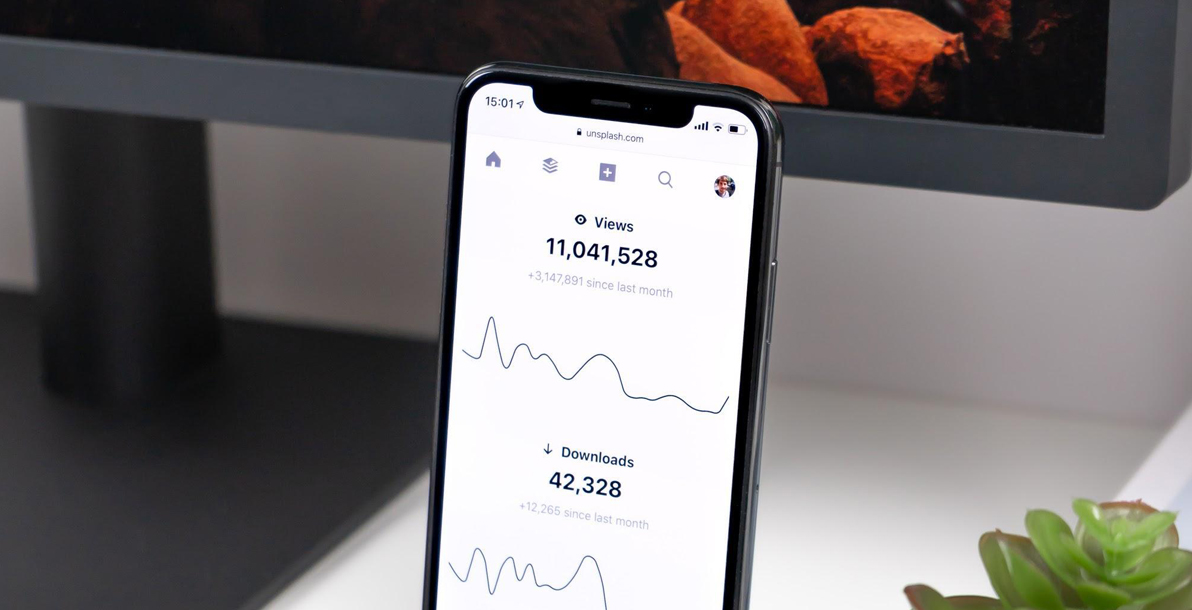A research found that Google owns a massive 76 percent of search engine market share. A website requires consistent improvement efforts, which is where Google algorithm updates come into the picture.
It is not new for google to revisit their algorithms and update them as per the current activity and keeping the future trends into consideration. Their aim has always been to bring out the best of every website out there and give them a platform to garner more impressions and gain additional visibility.
With people becoming more mobile-savvy, this is the first time in years that the number of mobile internet users have surpassed the desktop internet users – about 50.77% people worldwide are using their mobile phones to browse the internet. Let alone in the United States, in the first quarter of 2019, mobile internet traffic made up a total of 40.61% of all internet traffic.
As users want to connect on the go and since most users are switching to phones instead of using desktop devices to surf the net, Google has decided to introduce mobile-first indexing to its search function. This means mobile sites will soon be more important than desktop sites in Google’s algorithm.
Yet most of the people are still designing websites for desktop and trying to make it work on mobile. Why put a square peg in a round hole? Not that desktop is a dying medium, but for five billion mobile phone users, It really does not make sense at all.
The websites need to be Responsive. Mobile responsive web design is an approach followed in the website development to give the users a decent viewing experience on whatever device they are viewing.
A responsive site will bring along its individual features :
-
Speed
-
Convenience
-
Portability
-
Ease in sharing content
-
Improved user experience
-
Often more comfortable and ergonomic browsing experience
Also, along with this, the user can experience readable text without requiring zoom, adequate space for tap targets, and no horizontal scrolling. This will give the user an optimized browser experience. The term Responsive web design was actually coined in 2010 by web designer Ethan Marcotte.
“Responsive web design offers us a way forward, finally allowing us to design for the ebb and flow of things.” -Ethan Marcotte
And being responsive is very important from the business perspective. Lets say a user is viewing your website on his mobile phone and due to desktop like view, and being difficult to scroll through, it won’t take the user more than 5 seconds to judge your website to be non user friendly and will shift to another site with a better UX. if a consistent good experience is provided to the customer/clients with the site being responsive, it can help gradually increase lead generation, customer retention, sales and conversions over time.
One of the major benefits that a responsive website will help you with is to stay ahead of the competition.
Now you could be thinking how to check if your website is mobile ready or not. Google offers a mobile responsive test, helps you to easily check if a visitor is able to use your page in their mobile.
The hassle of maintenance drastically reduces the cost and time invested for a responsive website. It is a viable option to build just one responsive website which can work for all three – mobile, tablet and desktop. Updating content becomes easy and there is a sharp reduction in downtimes with the extra cost being saved, it can be utilized wisely by investing more in content and design. There is no doubt that audience retention rate is to shoot up your charts!
Responsive sites are fluid, scaling up or down as needed to best fit the screens being used to access the site. This means that as new devices hit the market with screen sizes unlike what we have seen before, our responsive websites will already be prepared to meet those new devices with a design and experience best suited to whatever screen sizes they throw at us.
Responsive web design is the backbone of online marketing and is important to be loved by Google. Being responsive aims to providing a seamless user experience across all platforms, making it crucial in the current times to stay ahead of the competition.

























Leave A Comment